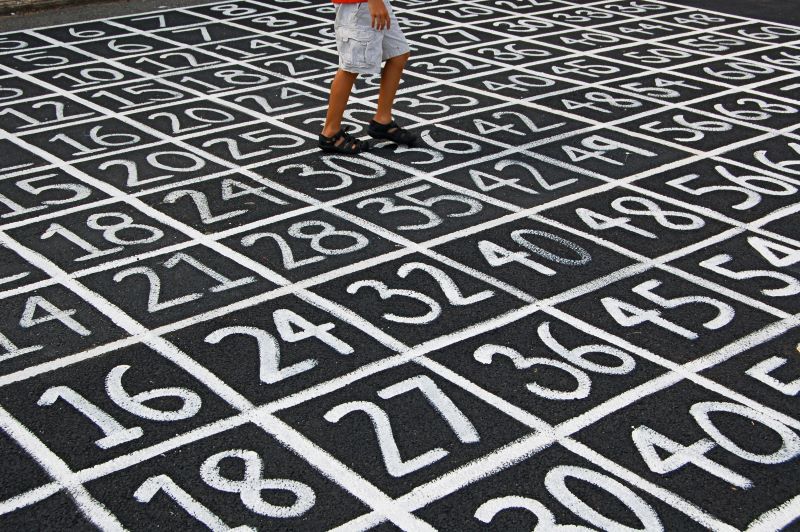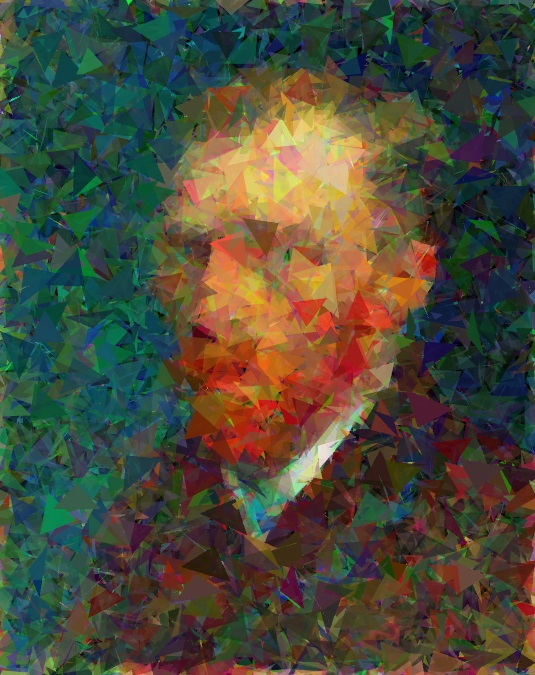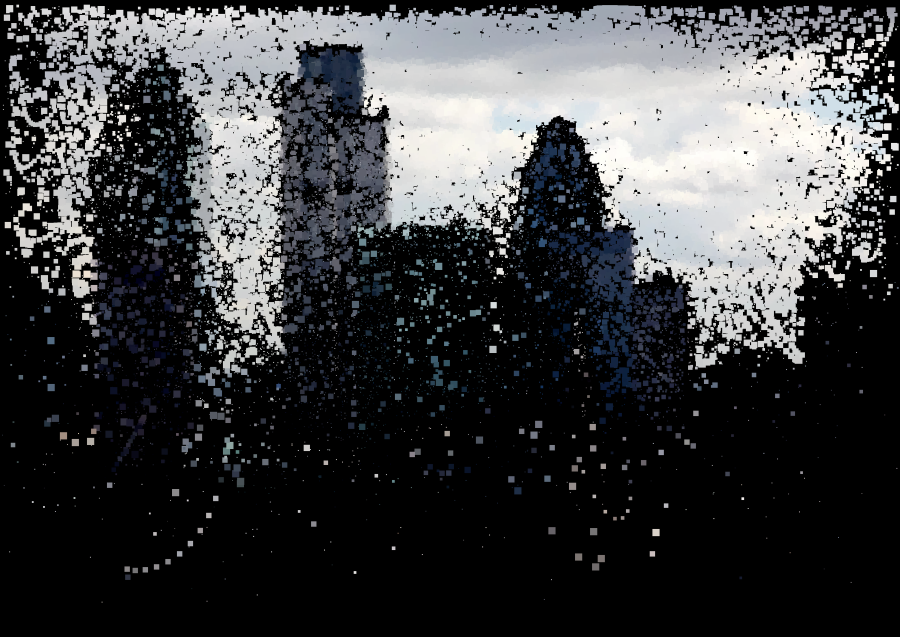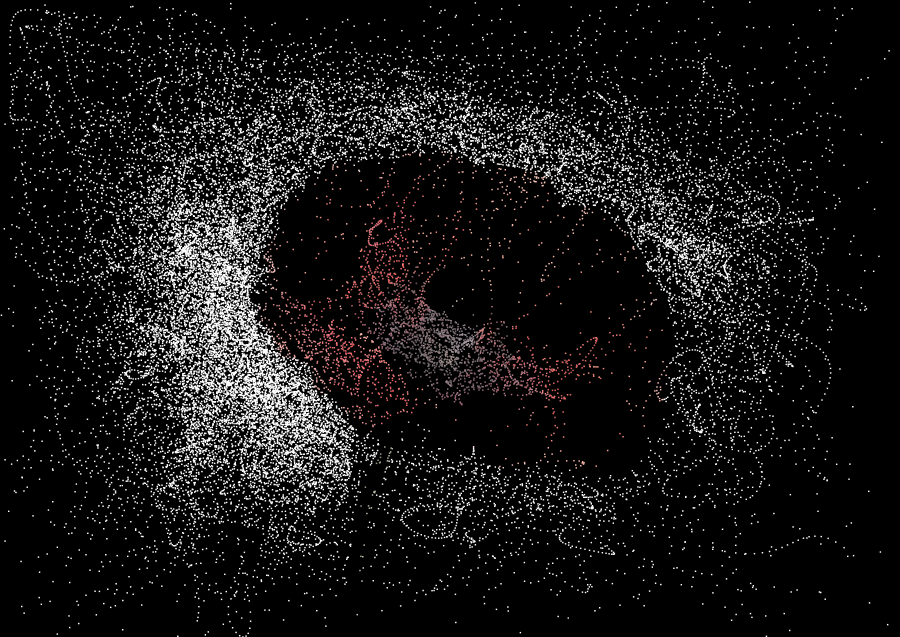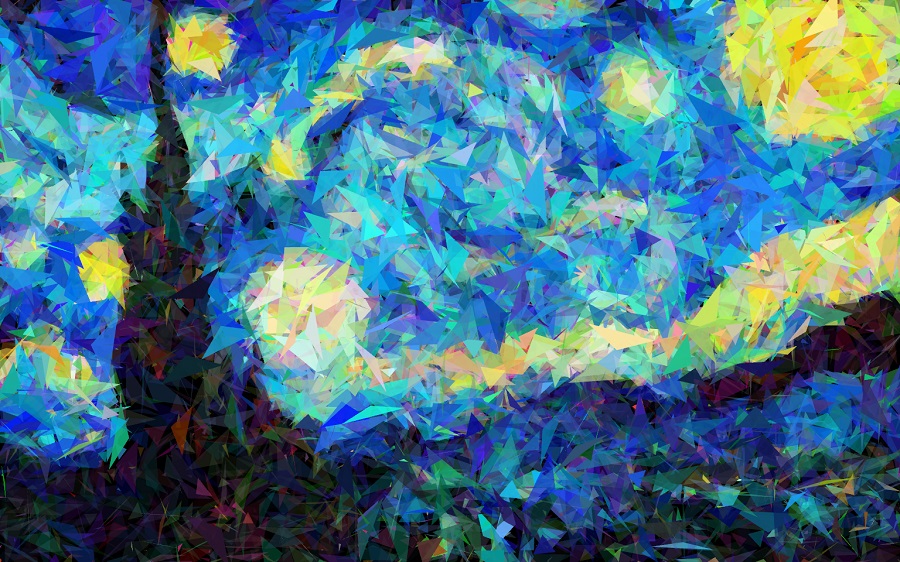Each of 50 Weeks in the City of Science features a text about selected research in a given subject area carried out by scientists from the universities forming the Academic Consortium Katowice City of Science. The texts we publish give insight into the diversity of issues scientists deal with and show the research potential that is dormant in the universities of the consortium
| Agnieszka Kliks-Pudlik |
Our Week #11 of 50 Weeks in the City of Science is all about Numbers! Maths is our faithful companion from early school days but the deeper we go, the less obvious the principles we have learnt become. Its advanced calculations are applied in materials science and engineering but also in arts and sports.
‘On the occasion of Numbers Week, we can but mention the number theory – one of the oldest branches of mathematics studying properties of some types of numbers. It has an immense influence on algebra and vice versa. But numbers are not only pure mathematics, which is being proven by numerous and diverse research carried out by scientists from universities forming the Academic Consortium Katowice City of Science,’ emphasises Anna Glenszczyk, PhD, from the Faculty of Science and Technology, the curator of Numbers Week.
Photo by Markus Krisetya | Unsplash
Master-level mathematics
The research on number theories is the domain of the scientists from the Institute of Mathematics, USil Faculty of Science and Technology.
One of the research problems in this regard is the sum of squares function – an issue that has been deliberated on since ancient times and is yet not fully solved. A significant output in this field has Przemysław Koprowski, PhD, DSc, Assoc. Prof., who has indicated an effective method of solving the issue of four squares in each and every algebraic number field. Moreover, the developed method works not only in algebraic number fields but also in a much broader spectrum – in each global field.
In school, we are taught that there are natural numbers, integers, rational numbers and real numbers, and the set of real numbers allows us to ‘fill the gaps’ in the set of rational numbers. As it turns out, however, real numbers are not the only way of completing the set of real numbers – there is an infinite number of them, and this structure is far more universal. This and a plethora of other related problems belong to the valuation theory, a scientific domain of Anna Rzepka, PhD.
‘Each student swotting the multiplication table knows that 7×5 and 5×7 are the very same thing, and multiplication is commutative. However, this property is not applicable in every algebraic system (e.g. matrix multiplication is not commutative). For example, the process of function composition (which may be considered as a form of multiplication) cannot be commutative; it makes a difference whether we first put on socks and then shoes or the other way round,’ emphasises Anna Glenszczyk, PhD. This area is the area of expertise of Marta Nowakowska, PhD.
Most certainly, there are algebraic systems far more remote from our school experience. How about if the addition is multivalued? What if the sum of two numbers is not a number but a set of figures? Such structures in algebra are called hypergroups and are the object of study of Paweł Gładki PhD, DSc, Assoc. Prof.
.
Calculations for materials
Numbers are not only pure mathematics; they are also used in materials science and engineering to describe properties, calculate characteristic parameters, create and simulate digital models of new and already existing engineering materials.
Examples of numbers’ application may be compression and bending testing, which involve generating much numerical measurement data during laboratory procedures that afterwards must be calculated into coefficients, which can be understood by materials engineers. The chemical composition of these materials involves chemical formulas featuring numbers, and it is thanks to them the composition can be described, analysed and carefully selected. These issues are studied by scientists from the Institute of Materials Engineering, USil Faculty of Science and Technology.
Self-portrait, author: Krzysztof Para, technology: an evolutionary algorithm based on image population composed of geometric shapes
Ravens’ Town, author: Michał Ryngier, technology: an evolutionary algorithm based on a population of creatures forming Bézier curves
Poppy, author: Michał Ryngier, technology: an evolutionary algorithm based on a population of creatures forming Bézier curves
The Starry Night, author: Krzysztof Para, technology: an evolutionary algorithm based on image population composed of geometric shapes
Evolutionary art
Mathematics has been effectively and successfully used in algorithmic art, which is based on generating artworks using an algorithm designed by an artist.
‘Broadly speaking, we may say that algorithmic art involves a genetic algorithm (evolutionary one), where the artist makes the rules reigning over this evolutionary iteration of images. It is a popular method of creating artworks using simple shapes, often creating art of abstract style,’ indicates Prof. Urszula Boryczka from the Institute of Computer Science, USil Faculty of Science and Technology.
We can take evolutionary art as an example, a branch of generative art, which is automatically generated by evolutionary calculations.
‘Evolutionary calculations can be used to create various artworks, including 2D, 3D, music and animations. Genotype-phenotype algorithms, such as genetic algorithms and many more evolutionary algorithms inspired by nature have broad application in creating evolutionary art,’ adds Prof. U. Boryczka.
Sports without rookie numbers
Sports are another field with numbers playing a key role. For example, the process of training is a multidimensional set of figures.
‘Training units, micro- and macro-cycles, along with their monitoring and diagnostics are described digitally. Sports analyses are based on numbers, of course, according to all processed values and parameters. Each analyst who works and invests in sports knows they can either get or lose a lot,’ emphasise Grzegorz Mikrut, PhD, and Robert Roczniok, PhD, DSc, Assoc. Prof., scientists from the Academy of Physical Education in Katowice.
One of the cornerstones of sports is Pi number, the Day of which is celebrated during Numbers Week (14 March). Pi is the base of formulas for essential pieces of equipment in some sports, e.g. for balls or pucks.
You can find the entire programme for Numbers Week on a dedicated website.






